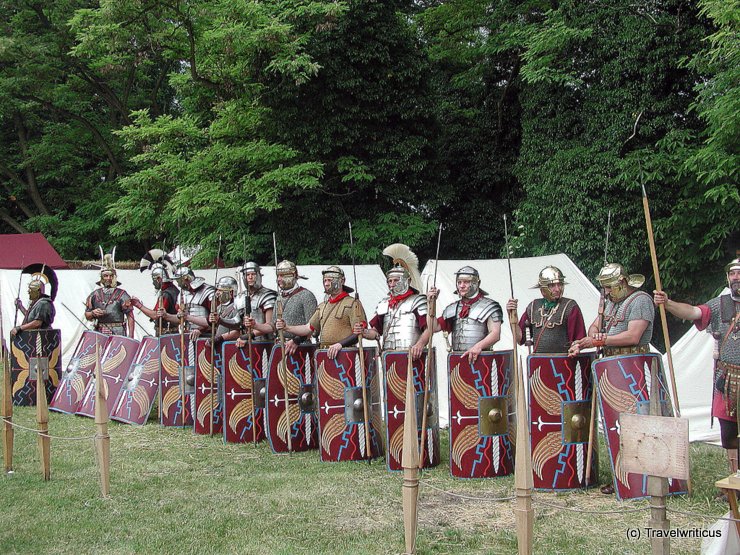
The Carnuntum Archeology Park hosts reenactment festivals with shows about Roman military routines and civic customs several times yearly. Numerous friend societies of Roman history provide visitors with broad information and even Roman food.
You only see what you know (Goethe)

The Carnuntum Archeology Park hosts reenactment festivals with shows about Roman military routines and civic customs several times yearly. Numerous friend societies of Roman history provide visitors with broad information and even Roman food.
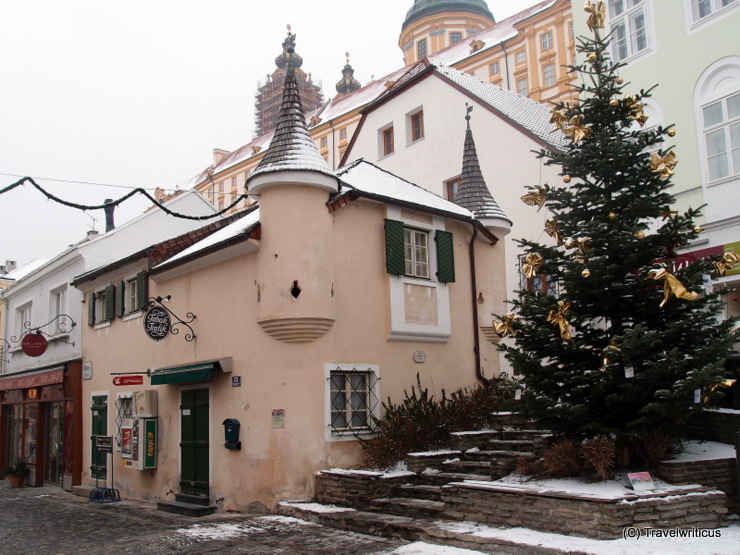
This romantic building with its dinky corner oriels is generally known as “Alter Brotladen” (Former Bread Shop). Three different bakers in Melk used it as a shared bread store. Some sources say it served as a Salzstadel (salt storehouse) before.
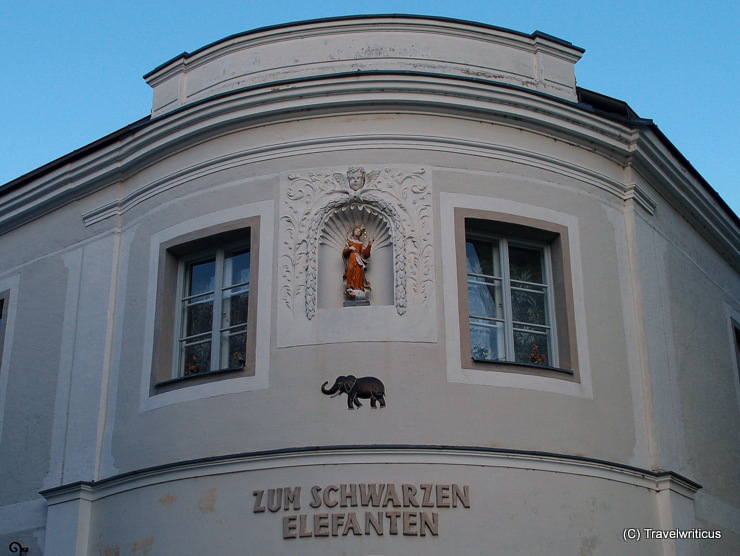
Austria is not a natural home for elephants, leaving aside prehistoric ages. Nevertheless, you often find their depictions on old facades. For example, this inn in Scheibbs has been known as “Zum Schwarzen Elefanten” (Black Elephant Inn) since 1541.
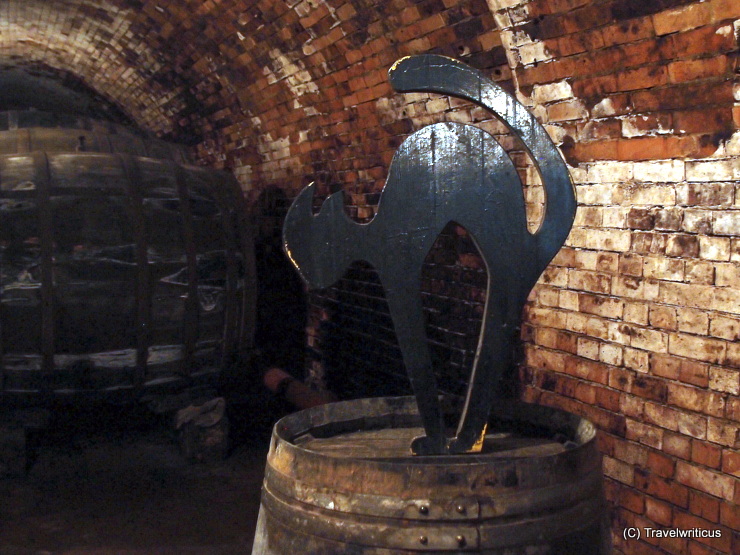
In the Austrian region of Weinviertel, you often see the model of a cat. This symbol is known as a cellar cat (Kellerkatze). Local people believe a cat living in a wine vault will always rest on the barrel with the best wine.
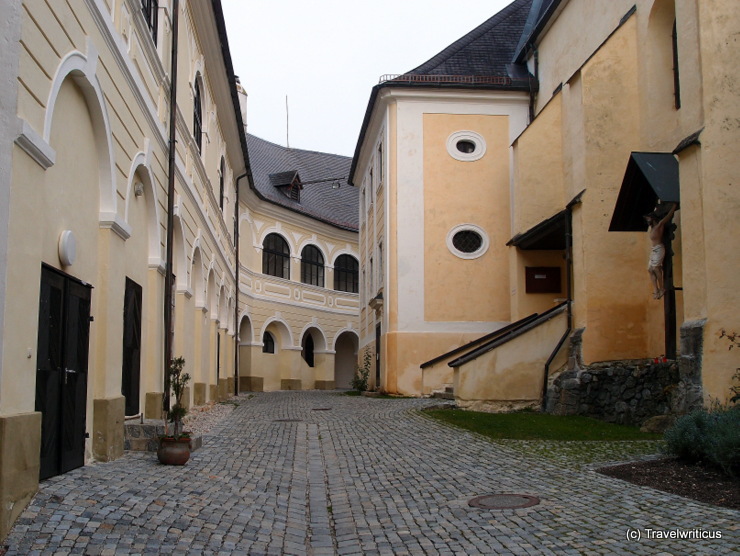
High over the Austrian city of Gloggnitz, a former Benedictine monastery forms a romantic place. The church in the middle of the court reduces the square to a small lane. Today, Schloss Gloggnitz (Gloggnitz Castle) serves as a venue for weddings.
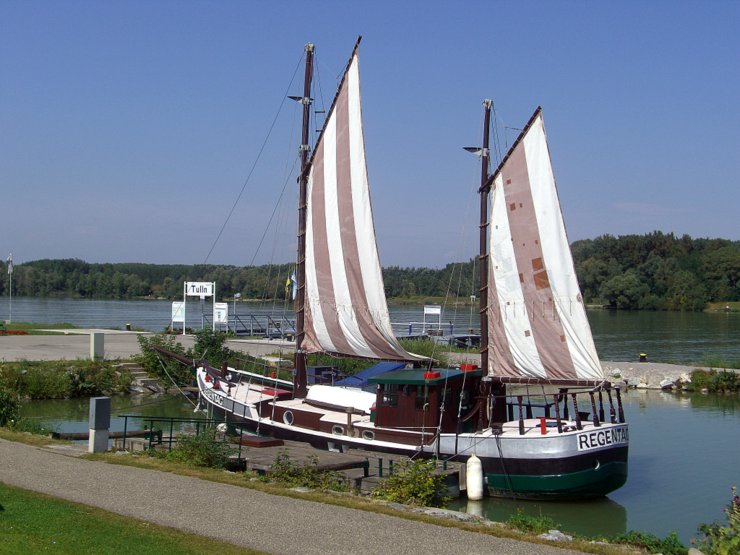
Artist Friedensreich Hundertwasser redesigned this former freighter for many years. Finally, he used the Regentag for a cruise to New Zealand. Since 2004, the ship has been on display in the harbour of the Austrian city of Tulln. [German]
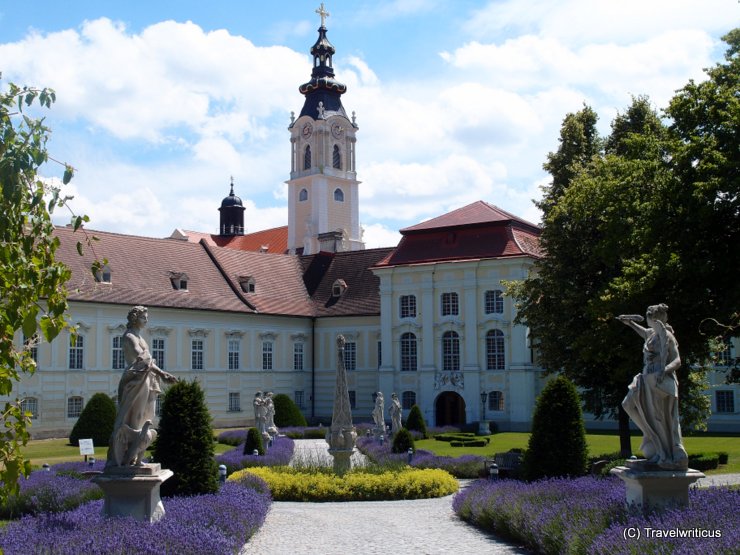
The architecture of Altenburg Abbey in the Austrian region of Waldviertel reminds us of a Baroque abbey you see in Austria many times. But it hides an older monastery below its floors. Visitors walk through the ages by climbing the stairs up and down. [German]
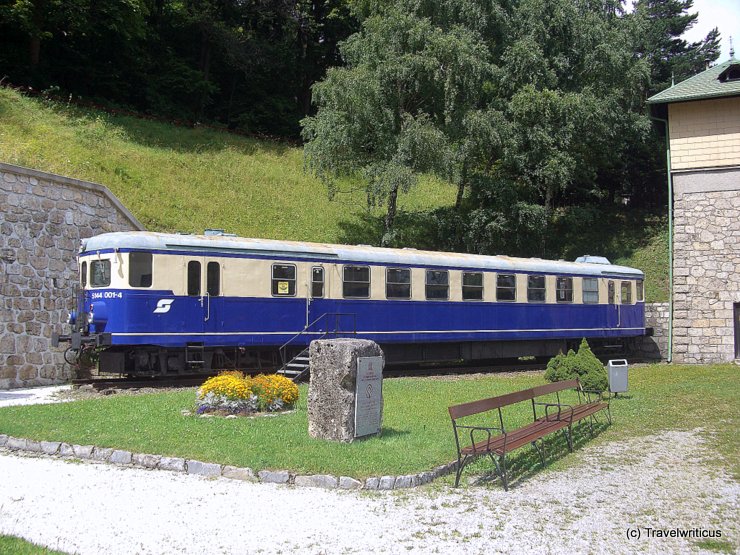
Passengers of trains running along the Semmering Railway World Heritage Site may have seen this diesel railcar at Semmering station. It is a railcar of the ÖBB Class 5144, dating back to 1951. [German]
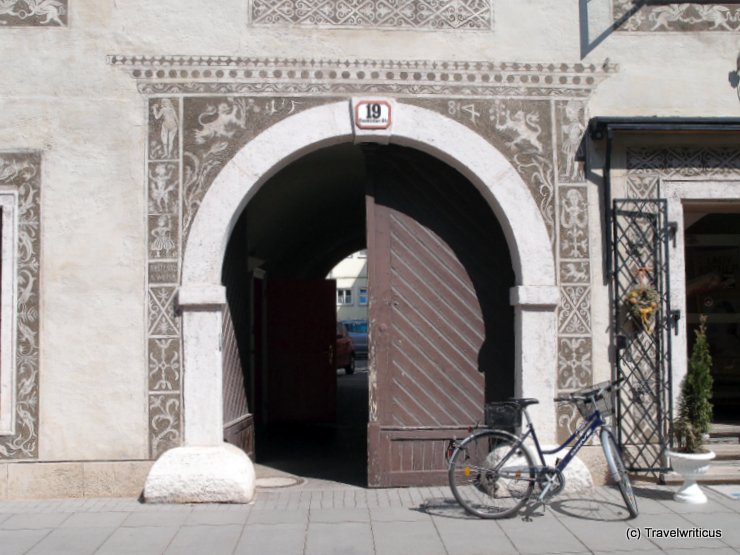
You find this building with lovely sgraffito at Neunkirchner Straße 19 in Wiener Neustadt. Around the gate, visitors see mythological creatures and the date 1584. The core of the house dates back to the 14th century.
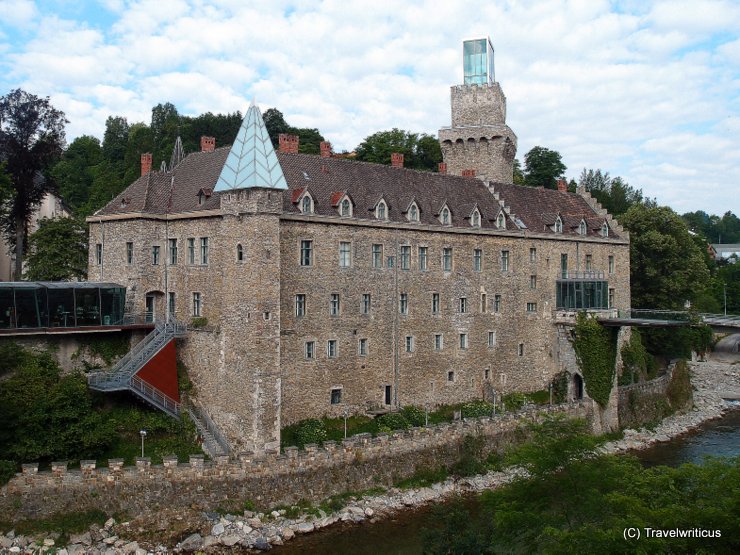
After staying a night at the former Zell Manor, I came across this castle on my morning walk. It is generally known as Rothschild Castle (Rothschildschloss) since it was rebuilt in Neo-Gothic style by Albert Salomon Anselm von Rothschild.
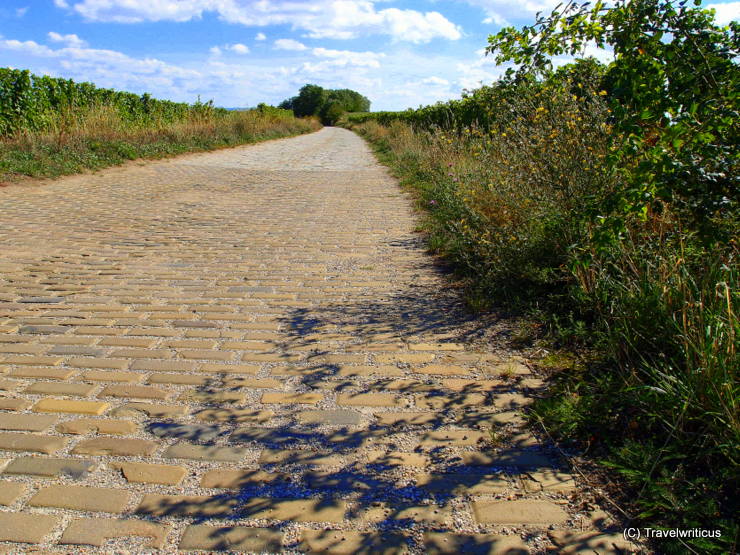
Once upon a time, some parts of Austrian roads were paved with clinker bricks produced in Schattau, the Czech Šatov today. In Poysdorf, you still find a mile with these typically yellow bricks (Schattauer Pflaster).

The archaeological open-air site next to Asparn Castle (Schloss Asparn) belongs to the MAMUZ Museum of Prehistory in the Austrian region of Weinviertel. Covering an area of 19,000 m², reconstructed buildings dating from the Palaeolithic Age up to the Iron Age are displayed. [German]